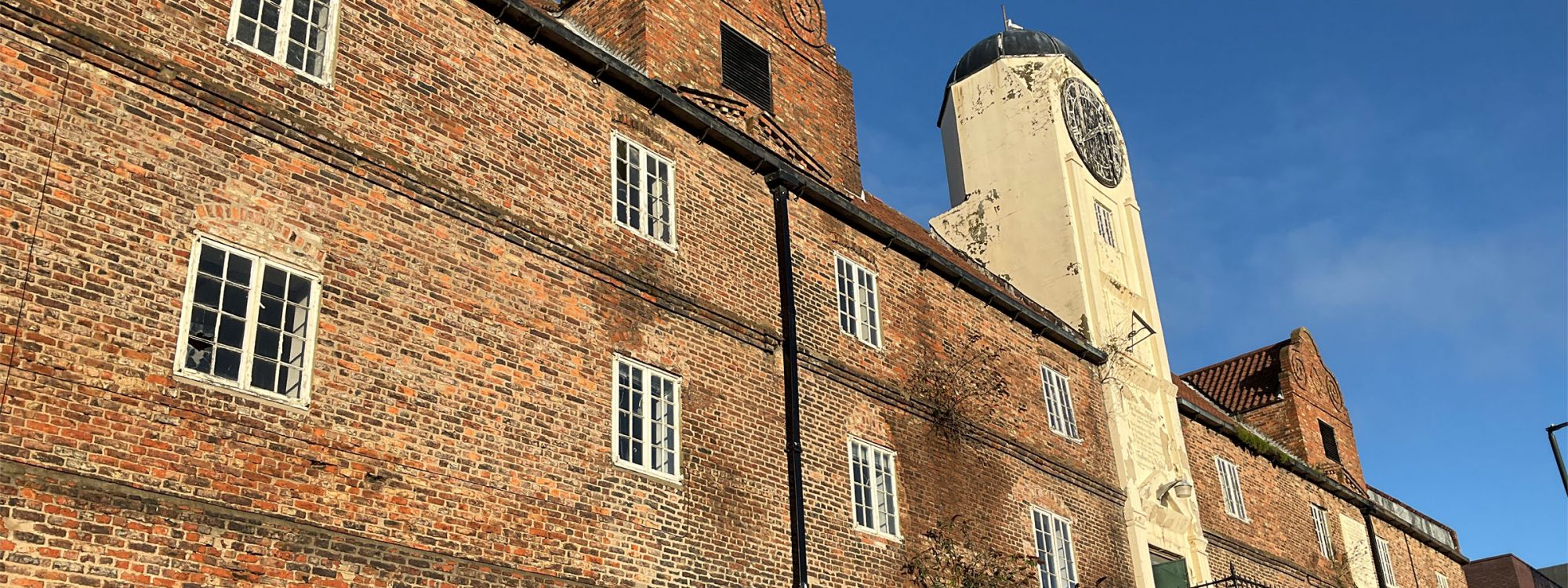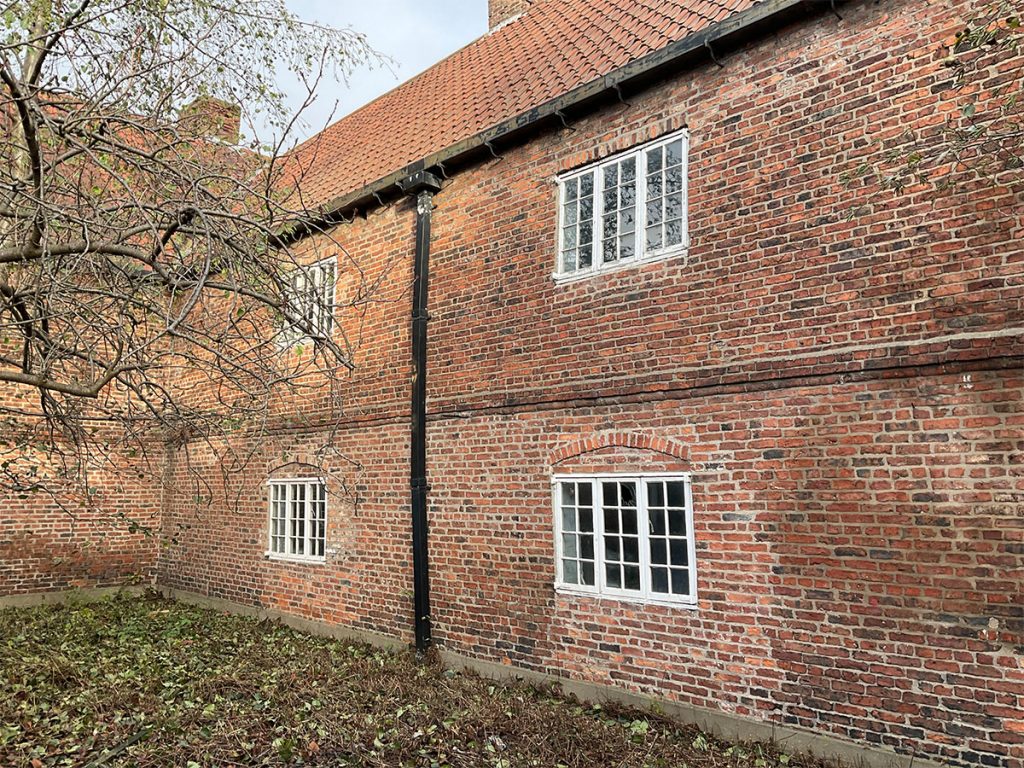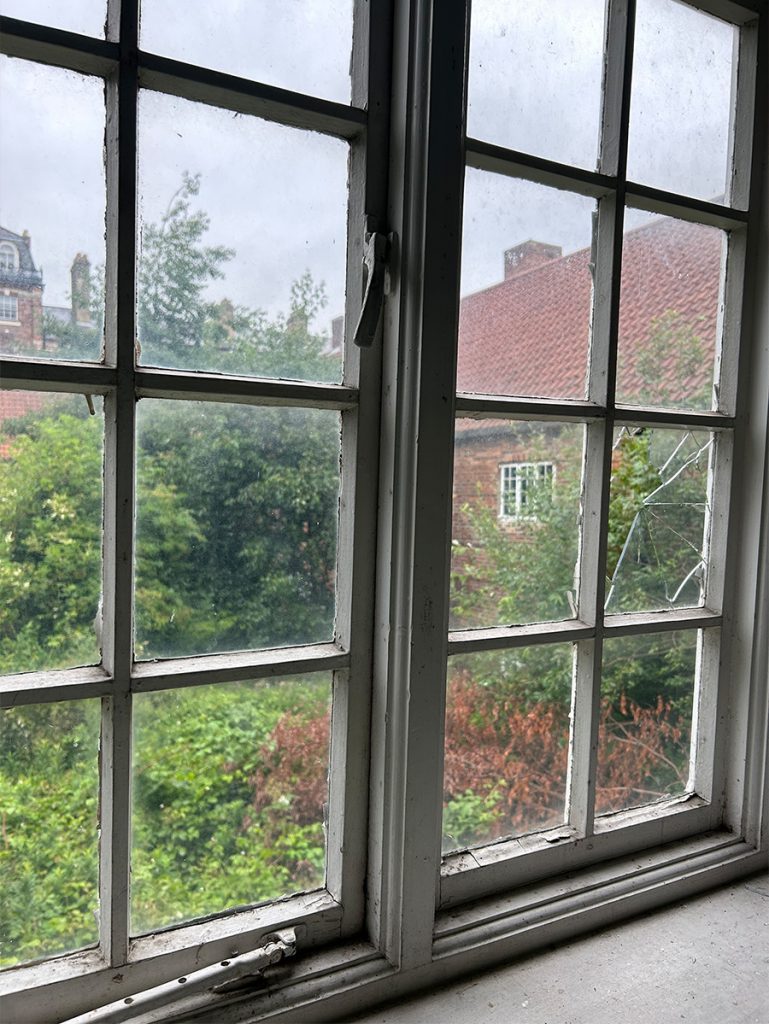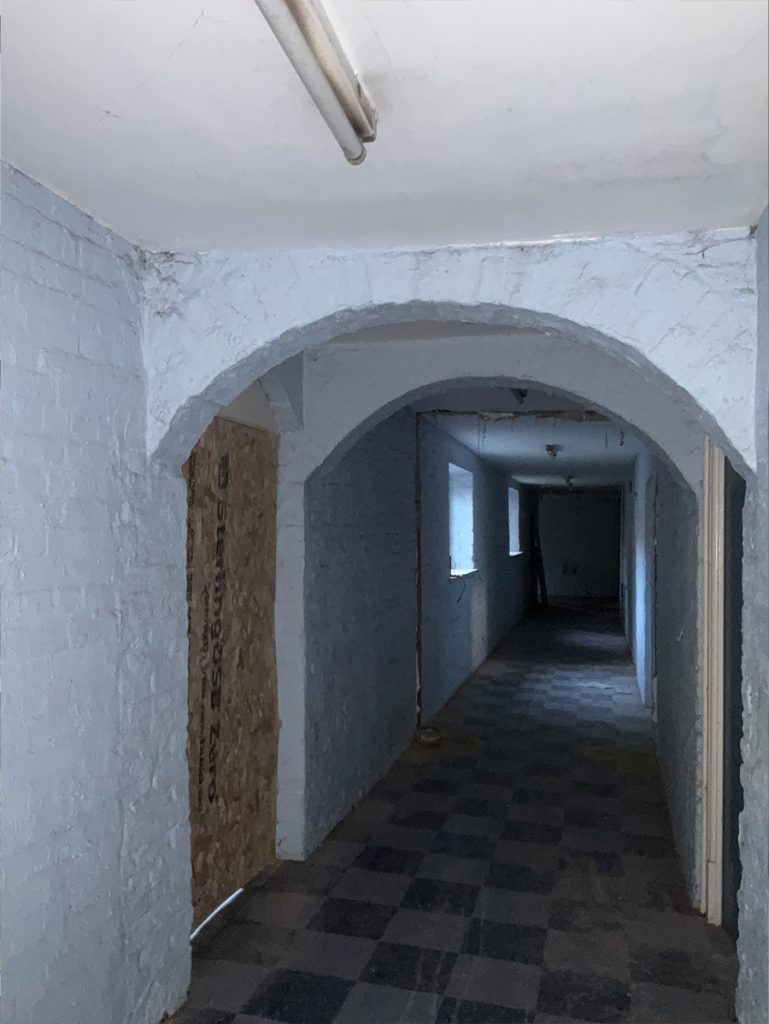
Keelmen’s Hospital, Newcastle
JDDK are working with the Tyne and Wear Building Preservation Trust and Newcastle City Council, in a joined effort to save the Keelmen’s Hospital, Newcastle’s most significant heritage building at risk within the city. Built in 1701, the building was statutorily listed as a Grade II* in 1954 and is now in the early stages of major renovation works to convert the building back into residential use, funded with the support of Historic England.
The listed site has overlooked Newcastle’s Quayside since the early 18th century when it was used as an almshouse to care for sick and ageing Keelmen and their families. The Keelmen of Tyne and Wear historically used wooden boats, called Keels, to transport coal from the banks of the Tyne out to the ships too large to travel up the river. The JDDK team have been developing initial designs to refurbish the former hospital into 20 new one and two bed affordable apartments following an unsuccessful attempt to sell the building in 2021. The plans have now reached an important next step, as they reach the end of the viability stage, which will allow for applications for funding from Historic England and a Heritage Lottery Fund grant to finance the next stage of works. If funding is received, we’ll be embarking on the next phase of design work in the early summer.
Samantha Dixon, Associate and Conservation Architect at JDDK, who is project lead: “We’re working closely with the Council and the Tyne and Wear Building Preservation Trust, with the backing of Historic England, to find a way to breathe new life into the building. We’ve also partnered with Maya Polenz, a Specialist Conversation Architect, to allow us to broaden and strengthen our skills in this sector.
“Keelmen’s Hospital is an important Grade II* Listed building in a prominent position in the city, which has laid derelict since 2009 and is on Historic England’s register of at-risk buildings. One of the key challenges we face will be to create a development that adheres to the requirements of the Building Regulations whilst also maintaining the special historic character of the building. It is a great pleasure to be part of the team protecting a hugely important part of the City’s mining industry history, and to save the building from further decay whilst creating affordable housing for use by generations to come.”
The Architectural Heritage Fund is set to provide funding for the next phase of the works.




